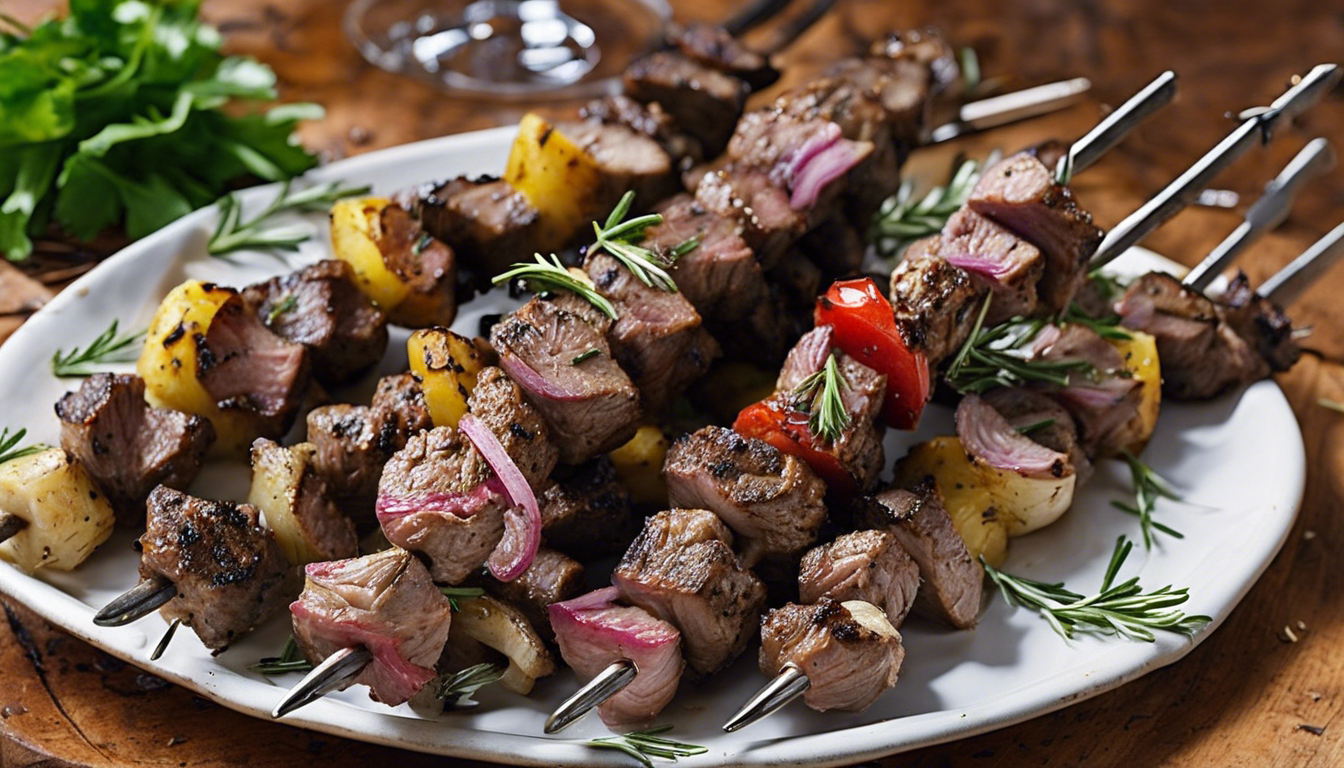
Ingredients and Preparation
Embarking on a culinary journey requires a well-prepared kitchen and the freshest ingredients. To ensure the success of your dish, it’s essential to gather all the necessary components before you begin. Here’s a detailed list of ingredients you’ll need:
Once you have all your ingredients ready, the preparation process is the next crucial step. Start by cleaning and cutting your ingredients as required. Vegetables should be washed and chopped into uniform sizes to ensure even cooking. Meats should be trimmed of excess fat and cut into pieces that are appropriate for the type of dish you’re making.
For marinades, combine all the specified ingredients in a bowl and whisk them together until well blended. If you’re using herbs and spices, make sure to crush or mince them finely to release their flavors. When preparing batters or doughs, sift the dry ingredients to avoid lumps and gently fold in the wet ingredients to maintain a light texture.
Remember, the key to a great dish is in the details. Take your time with the preparation, and don’t hesitate to taste as you go, adjusting the seasoning to your preference. With everything prepped and ready, you’re now set to move on to the next steps of marinating and skewering, which will bring you one step closer to a delicious meal.
Marinating and Skewering Techniques
Marinating your ingredients is a vital step in infusing them with flavor and tenderizing them, especially when it comes to grilling. To begin, ensure that your marinade is thoroughly mixed and ready for use. Place your meats or vegetables in a non-reactive dish or a resealable plastic bag and pour the marinade over them, making sure they are completely coated. For an even distribution of flavors, massage the marinade into the ingredients gently. It’s important to marinate in the refrigerator and not at room temperature to prevent any bacterial growth. The marinating time can vary depending on the ingredients and the recipe, but a good rule of thumb is at least 30 minutes and up to several hours for meats. For vegetables, a shorter marinating time is sufficient, as they tend to absorb flavors more quickly.
Once your ingredients have marinated for the appropriate amount of time, it’s time to skewer them. If you’re using wooden or bamboo skewers, remember to soak them in water for at least 30 minutes before threading your ingredients. This prevents them from burning on the grill. When skewering, leave a small space between each piece to ensure even cooking. For meats, it’s often beneficial to skewer them with similar-sized pieces to promote uniform cooking times. Vegetables can be mixed for a variety of flavors and textures, but again, try to keep the pieces uniform in size.
For a visually appealing presentation, you can alternate between different types of ingredients, creating a pattern on the skewer. However, be mindful of cooking times for each ingredient; it’s sometimes best to skewer items with similar cooking times together. For example, skewer meats separately from vegetables if the vegetables cook faster to avoid overcooking them.
Before grilling, let the skewered ingredients come to room temperature for about 20 minutes to ensure even cooking. Additionally, lightly oiling the grill grates before placing the skewers on can prevent sticking and help achieve those desirable grill marks. With your ingredients marinated and skewered, you’re now ready to proceed to the grilling stage, where the magic of char and smokiness will come into play.
Grilling and Serving Suggestions
Grilling your skewers is where the flavors you’ve carefully prepared begin to truly come alive. To achieve the best results, preheat your grill to a medium-high heat. This will help to sear the meat and vegetables quickly, locking in the juices and creating a crisp exterior. Once the grill is hot, place your skewers on the grates. Be sure not to overcrowd the grill to allow for proper heat circulation and to make turning the skewers easier.
While grilling, it’s important to monitor the skewers closely. Turn them every 2 to 3 minutes to ensure even cooking and to avoid burning. The total cooking time will vary depending on the ingredients, but generally, meat will take longer to cook than vegetables. Use a meat thermometer to check for doneness, especially for poultry and pork, to ensure they reach a safe internal temperature.
As your skewers are grilling, you can brush them with some of the remaining marinade for added flavor and moisture. However, avoid using marinade that has come into contact with raw meat to prevent cross-contamination. Instead, set aside a portion of the marinade before adding the raw meat for this purpose.
Once your skewers are beautifully charred and cooked to perfection, transfer them to a clean plate and let them rest for a few minutes. This allows the juices to redistribute, ensuring that every bite is succulent and flavorful.
Serving your grilled skewers can be as simple or as elaborate as you like. For a casual meal, serve them straight off the grill with some fresh bread and a simple salad. If you’re looking to impress, arrange the skewers on a platter garnished with fresh herbs and lemon wedges for a touch of brightness. Accompany them with dipping sauces or a drizzle of high-quality olive oil to elevate the dish further.
Remember, the key to successful grilling is not just in the preparation, but also in the attention to detail during the cooking process. Keep a watchful eye, adjust the heat as needed, and turn the skewers regularly for the most delectable results. With these tips in mind, you’re well on your way to serving up a grilled masterpiece that’s sure to delight your guests.
